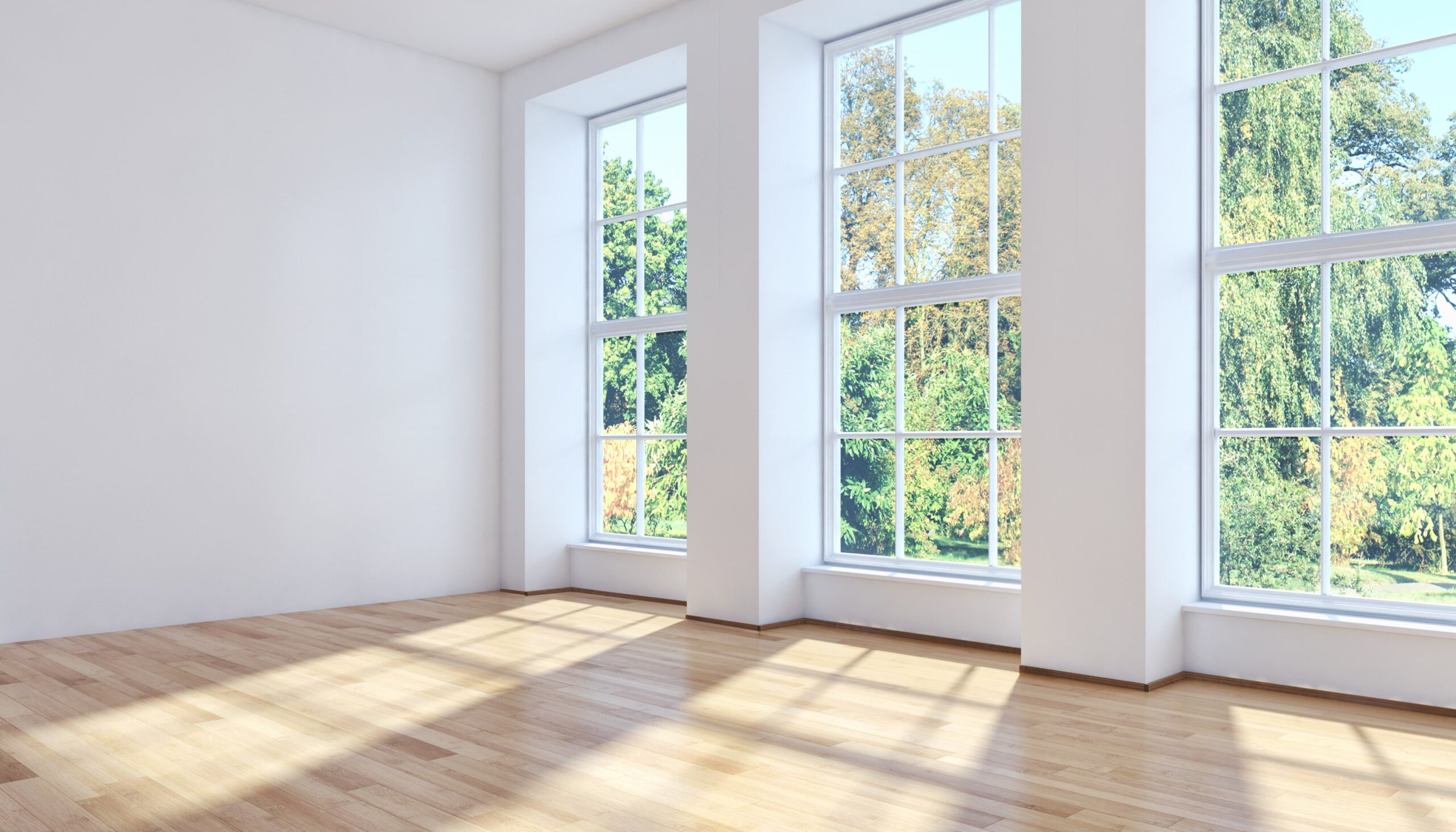Replacing windows is a big job. The process itself can be broken down into several stages, but it all starts with removing the old windows and installing new ones. This guide will help you understand what goes into each of these stages so that you have an idea of what to expect when replacing your own windows or hiring someone else to do it for you!
Removing the old windows
The first step of windows replacement is removing the old ones. Before you begin, make sure you have all of the tools and materials that you’ll need on hand. You’ll need a hammer, pry bar or crowbar (if necessary), utility knife, safety glasses, and gloves.
Once you’ve cleared away any trim around the window frame and removed any caulk holding it into place, use a pry bar or crowbar to remove each old frame piece by piece until there’s nothing left but wood frames in place at either side of a opening where once there was glass. Remove any debris from inside as well as outside this opening before continuing with other stages of installation
Installing the new windows
Installing the new windows is a big part of the job, and it can take a long time. There are lots of steps involved in the installation:
- You’ll need to remove old windows and frames, as well as any trim or siding that’s covering them.
- Next, you’ll need to install new headers (the top part of your frame) onto your house using screws or nails. If you’re replacing an existing window with one that has fewer panes than its predecessor (like two instead of three), then make sure there’s enough room above each side panel so that when they’re installed they aren’t touching any exterior walls or other structures like gutters or flashing boards (which are used to prevent water damage). You may also need additional framing materials such as metal brackets called “headers” that hold up larger panes like double-hungs; these come pre-made but must be custom cut according to specific measurements provided by manufacturers like Andersen Windows .
Finishing up the window installation process
Once you’ve gotten the window in place and secured, it’s time to finish up the installation process. This can be done by installing trim around your new window, installing stops (which keep windows from falling out of their frames), weather stripping between each frame and jamb to prevent air leaks, and finally attaching a screen over the open space between frames. You may also want to add locks so that no one can enter or exit without permission from inside.
Replacing windows is a complex process.
Replacing windows is a big job. It’s not just the windows that need replacing, it’s also the frame, glass and sill. The window frame is made up of several parts:
- The jambs are two vertical pieces that hold your window in place on either side of the opening. They’re usually made from wood or metal and they attach to both sides of your house at its base (or foundation).
- The sash or mullion connects each side of an opening with one another so you can open and close them easily without having to move anything else around too much – this means less noise when you’re opening/closing it!
Replacing windows is a complex process, but it doesn’t have to be overwhelming. By understanding what each stage of the process involves and how long each one takes, you can feel confident in your decision to replace your old windows with new ones.
















